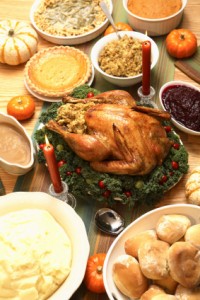 Celebrating holidays is always a time to tap into old family recipes and enjoy great food with the people you love most! Holiday lore is both fascinating and widely misunderstood.
Celebrating holidays is always a time to tap into old family recipes and enjoy great food with the people you love most! Holiday lore is both fascinating and widely misunderstood.
While writing a blog for Fox News, I received an email from a reader that gave me the idea to write about holiday misconceptions.
St. Paddy’s Day
The reader wrote “I read your article about a skinny “St. Patty’s Day”. My request here may seem trivial, but it is a pet peeve of mine and that of many other people of Irish decent. St. Patrick was not a girl — the “Irish form” of Patrick is Padriac or Padriag and commonly called Paddy. Therefore it is actually St. Paddy’s Day, not St. Patty’s Day. Your attention to this detail next year would be appreciated.”
Octoberfest
Octoberfest in Germany is a month-long holiday, not just a beer hall party. Many traditional dishes are served along liters and pints of beer, which brings me to one of the popular misconceptions. The dish “snitzel” is not sausage. I used to believe it too, before I met my husband who grew up in Germany. Every time I tell someone I’m making schnitzel for dinner, they talk about hot dog buns and sauerkraut. Perhaps some of the confusion started from this fast-food chain called “Wiener Schnitzel” who only serves hotdogs. The word schnitzel comes from the German term “schneiden” which means to cut, so schnitzel means cutlet. Thus, Wiener Schnitzel is not a cut-up hot dog, but rather a “cutlet from Vienna or Wien.”
Thanksgiving
Is Turkey day your favorite holiday of the year? According to this NPR article, turkey wasn’t served at the first thanksgiving, “the Wampanoag guests brought five deer with them” — so venison was on the menu. The English brought fowl, “probably migrating waterfowl like ducks and geese.” In fact many other Thanksgiving Day’s foods weren’t served originally but made it into the traditional meal later on, such as potatoes and pumpkin pie.
Easter
The American Easter celebration is an interesting mix of Christian religion, fantasy, and has roots in pagan celebrations as well as a celebration of the start of spring. This fun and highly celebrated holiday includes delightful foods such as eggs, chocolate, roasted hams, and specialty baked breads.
Since Easter is built on myths, legends and a mix of so many religious traditions that you can’t really trace its origins, there is no firm misconception to point to! Enjoy the melting pots of tradition, and welcome in Spring!
Christmas
During the Christmas holidays, many Italian American families include the “Feast of the Seven Fishes” as part of their holiday cooking tradition. It was originally based on breaking lent and feasting on seven varieties of fish, but why seven? The number “7” considered to be an auspicious number, seven being the most repeated number in the Bible and appears over 700 times.
But the traditional fish fest is somewhat different from its origins, it’s “amped” up so to speak in two ways: they serve eleven or thirteen different seafood dishes and include an wide array of seafood including shellfish.
Halloween
Dressing up for Halloween dates back to a Celtic tradition: “dressing up as demons was a defense mechanism” to ward off evil spirits. But trick or treat has nothing to do with the original practice of dressing up. The practice of dressing up and performing for treats was likely brought over from Scottish and Irish traditions for poor children and adults looking for ways to ward off hunger instead of evil spirits. The “candy or mischief” tradition started later around the 1920s where children would threaten naughtiness instead of performance (like the Scot/Irish tradition) for their ghoul’s day booty.
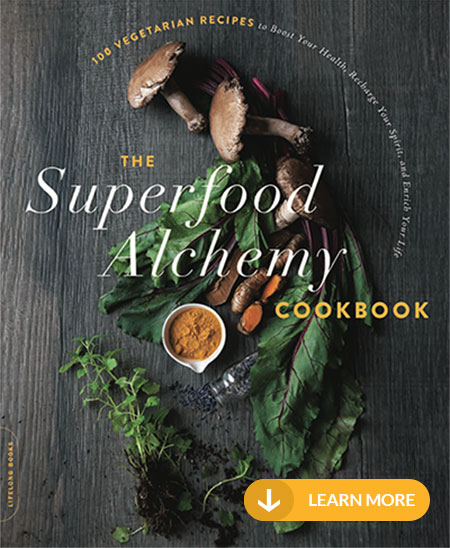

 Are you ready to look better, feel more energized, and get back that youthful feeling you remember having as a kid? I can help you on a journey that will change the way you eat — for good. My
Are you ready to look better, feel more energized, and get back that youthful feeling you remember having as a kid? I can help you on a journey that will change the way you eat — for good. My 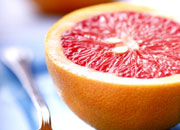


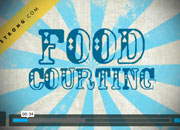
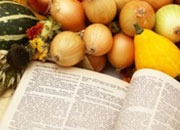
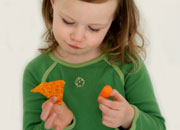









 As a healthy cooking expert, health coach and TV host,
As a healthy cooking expert, health coach and TV host, 



Speak Your Mind